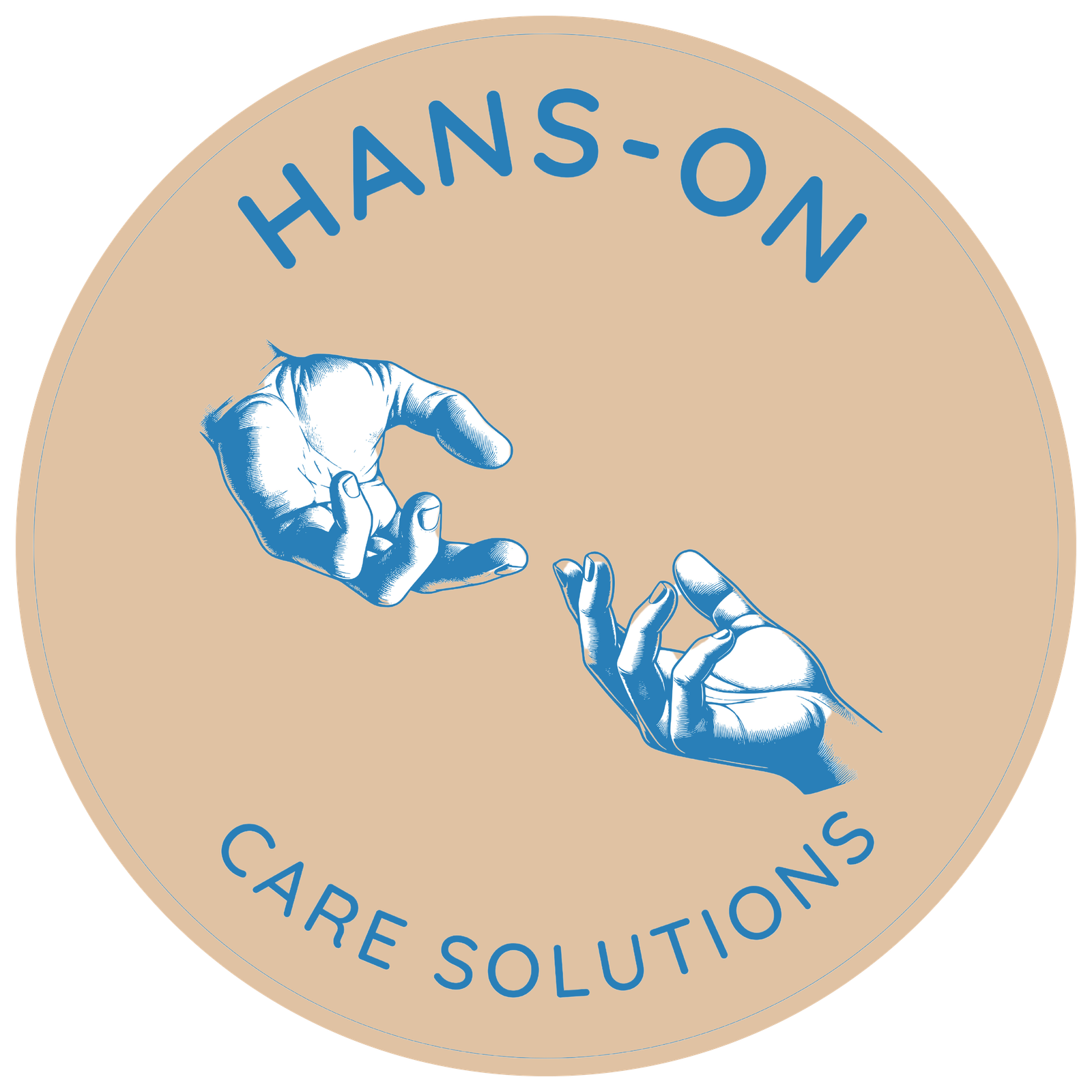Introduction To Carefully Dressing Your Care Recipient
Dressing and undressing a loved one with limited mobility can present unique challenges for in-home care and family home providers. It's more than just a daily task; it's an opportunity to provide comfort, maintain dignity, and ensure safety. We understand that this aspect of caregiving requires patience, understanding, and a gentle touch. This post aims to provide practical techniques and tips to make this process smoother and more comfortable for both you and the person you're caring for.
Understanding Limited Mobility and Its Impact on Dressing
Limited mobility can stem from various conditions, such as arthritis, stroke, Parkinson's disease, or paralysis. These conditions often affect range of motion, balance, and muscle strength, making dressing and undressing a difficult task. As family home providers and those involved in in-home care, it's essential to assess the individual's specific needs and limitations. Understanding these limitations allows us to adapt our approach, ensuring a more comfortable and dignified experience.
Preparing for Dressing/Undressing
Creating a comfortable and safe environment is paramount. Ensure the room is well-lit and at a comfortable temperature. Clear pathways of any obstacles to prevent falls. Stable seating, like a chair with armrests, can provide necessary support. Before you begin, gather all necessary clothing and supplies, organizing them in advance to minimize unnecessary movement. Communication is key. Explain each step to your loved one, asking for their input and preferences. This fosters a sense of participation and control, ensuring their comfort and consent.
Techniques for Dressing
Positioning and supporting the care recipient is crucial. Maintain proper body alignment, using pillows or supports as needed to minimize unnecessary movement. When dressing, start with the weaker side first. For example, if dressing an arm, put the sleeve on the affected arm first. For legs, start with the weaker leg. When dressing the upper body, gather the garment and gently guide the arm through the sleeve. For the lower body, have the individual sit, if possible, and guide the legs into the pants or skirt. Consider using adaptive clothing, such as front-closing bras, elastic waistbands, or shoes with Velcro closures, to simplify the process. Assistive devices like dressing sticks, sock aids, and button hooks can be invaluable tools for promoting independence.
Techniques for Undressing
Undressing is essentially reversing the dressing process. Follow the same principles of positioning and support, being gentle and patient. Handle tight or restrictive clothing with care, and be mindful of any discomfort or pain. Regularly check for signs of pressure sores, especially in individuals with prolonged immobility.
Maintaining Dignity and Respect
Privacy and modesty are non-negotiable. Provide a private space for dressing and undressing, and use towels or blankets to cover areas not actively being dressed. Encourage independence by allowing the person to participate as much as possible, even if it's just holding a garment or choosing an outfit. Communicate with empathy and understanding, avoiding rushing or pulling. Remember, you are not just dressing a body, you are caring for a person.
Safety Considerations
Preventing falls and injuries is a top priority for in-home care and family home providers. Use proper body mechanics to avoid straining your back or other muscles. Be aware of any signs of discomfort or pain in the care recipient, and know when to seek professional help. If you notice persistent difficulty with dressing or undressing, consult with an occupational therapist.
Conclusion
Dressing and undressing someone with limited mobility requires patience, empathy, and a gentle touch. By following these techniques and tips, you can make this daily task a more comfortable and dignified experience for both you and your loved one. Remember, you are not alone. There are resources and support available to help you on your caregiving journey. As in-home care and family home providers, your dedication and compassion make a significant difference.
Do you have any tips or experiences to share? Leave a comment below! For more resources and support, consider joining our community on Facebook and YouTube.
